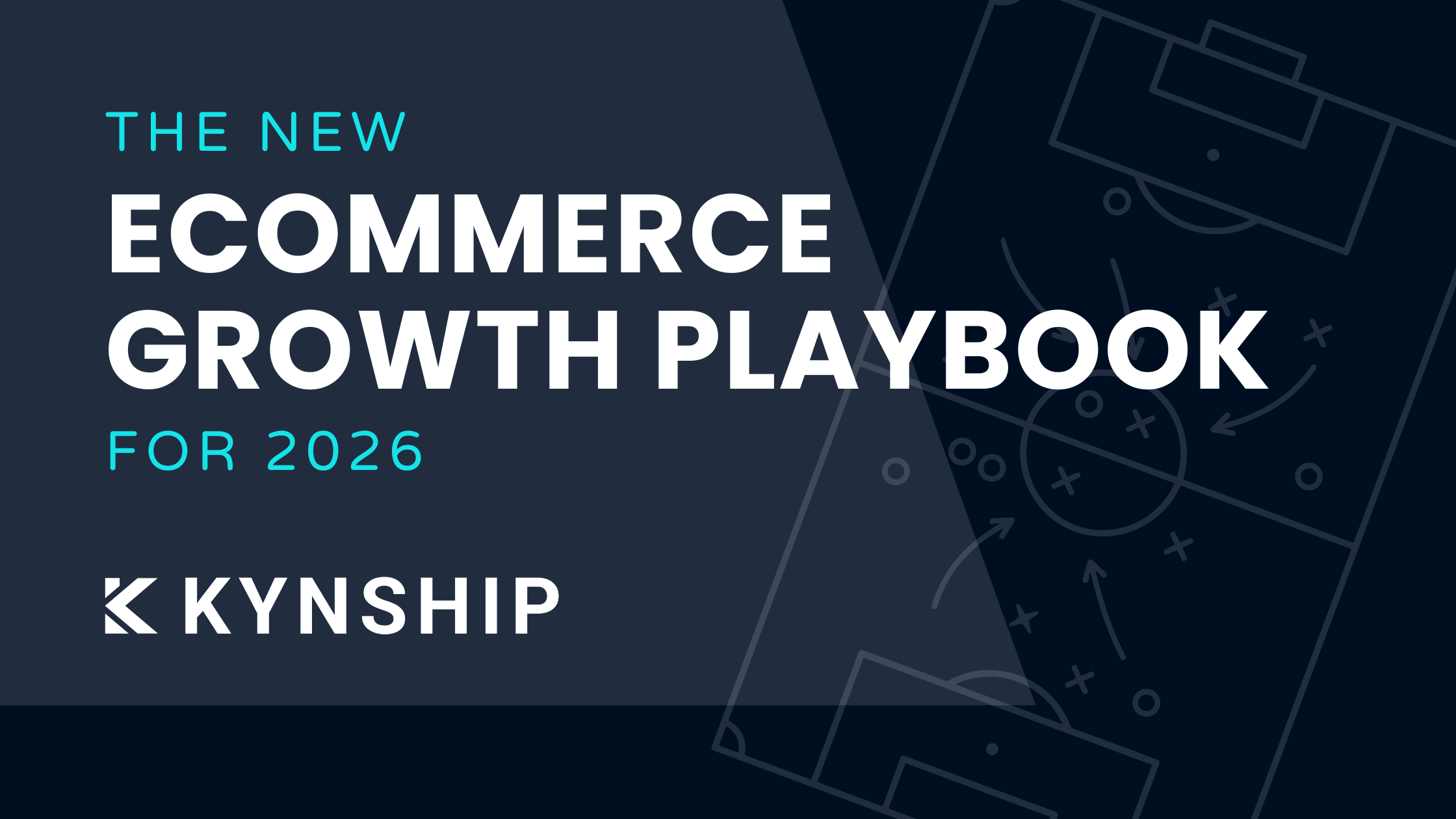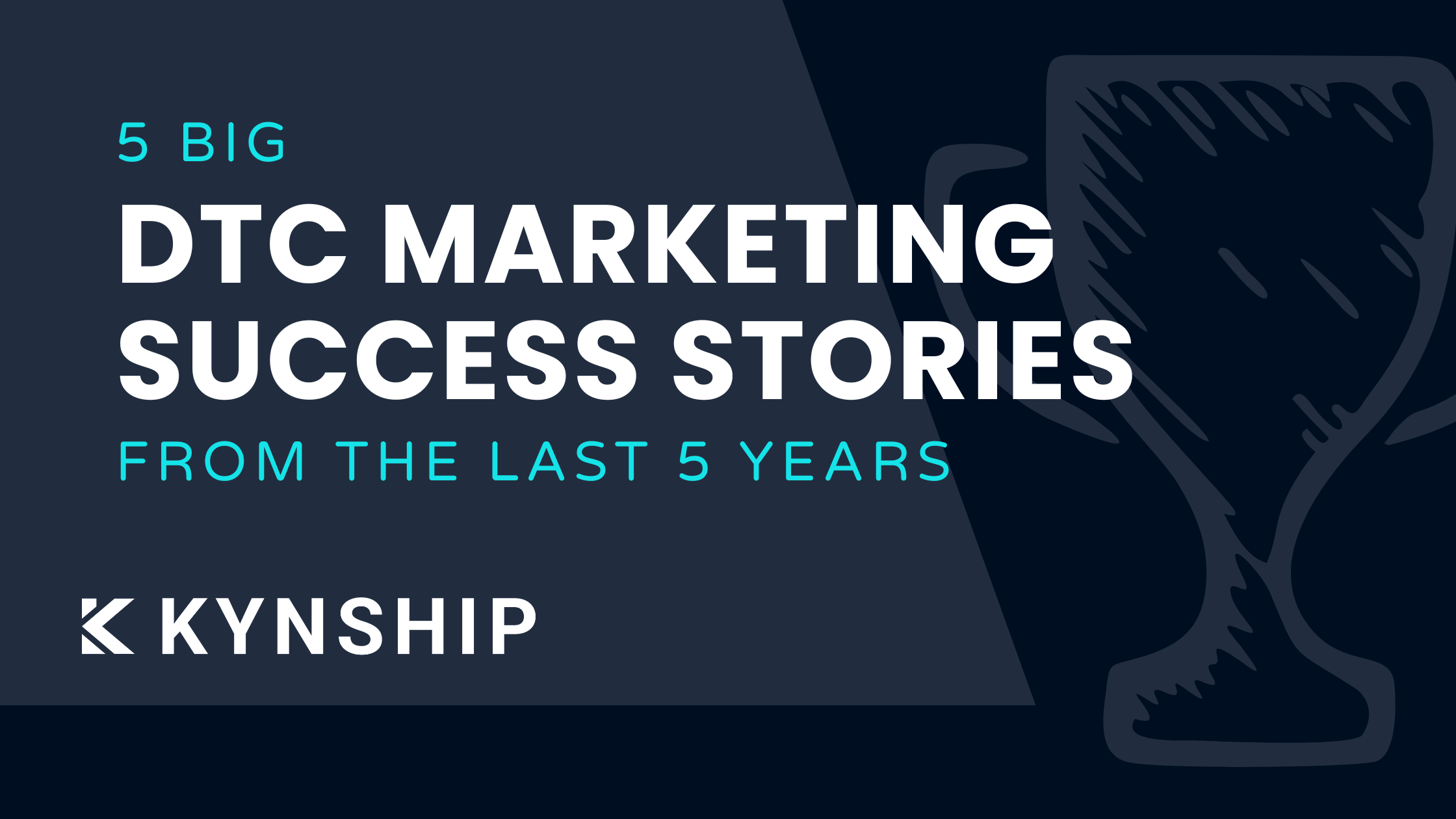Don't Make These Mistakes When Working with Macro-Influencers
.png)
To get a macro-influencer or celebrity endorsement, you are spending upwards of 5-6 figures. If you’re a brand who can afford to pay this kind of money, at least make it worth the investment.
Any brand considering a macro-influencer endorsement, you’ll want to learn from the following mistakes two billion dollar brands made when they used Khloe Kardashian and Lizzo in their influencer marketing campaigns.
The two brands on the roaster’s block: Febreze and Instacart.
Let’s roast 🔥
Febreze X Khloe Kardashian: The Backstory
Febreze is best known for fighting odours. Khloe Kardashian is known as a ‘neat freak.’ Sounds like a good match, kinda.

But when Khloe Kardashian posed on a bed, surrounded by Febreze bottles, claiming to have used Febreze Fabric on her bed (for years, mind you)—the BS radar went off. And the media had a field day.

So what went wrong between this billion dollar creator and billion dollar brand?
3 Major Mistakes Febreze Made In their Influencer Campaign with Khloe Kardashian
Avoid these at all costs.
First Mistake: Believability
It’s painfully obvious here that Khloe isn’t a lifelong Febreze fan.
This is a big problem because for campaigns like this to be effective, followers need to believe that what she’s saying is true.
If they don’t the influencer loses credibility, the brand drives no sales, and the audience tunes out.
Solution: Build real relationships with influencers who share your product with their following because they genuinely love it and use it.
And how do you build and nurture real relationships with influencers? Start with product seeding.
Second mistake: Link in the caption
Khloe of all people should know how ridiculous this is. You can’t click on links within a caption. A link in the caption also makes the post feel too transactional.

It shows that Febreze doesn’t see her as a partner. They see her as an impression gold mine.
Solution: Have the links included in swipe-ups on the influencer’s story or even in their bio if they’re an ambassador. If the content is really good, people may even search for the brand themselves.
That’s what I personally do when I see a great ad anyway. And finally:
Third mistake: Backend
Okay so you couldn’t have spotted this one, but check this out.

That’s the landing page the link leads to.
An absolute joke, considering this post probably cost them multiple hundreds of thousands of dollars. Every DTC marketer is in pain just seeing this.
So what should they have done instead?
Solution: Honestly, anything would be better than this. A Khloe-themed landing page would’ve been great. They could’ve added a longer form story/testimonial about her experience with the product, her favorite scent, anything to add a level of personalization and social proof.
My thoughts overall: This post is a major flop. A cheap attempt to trick her audience into buying a product she clearly has little interest in. We can’t blame Febreze, because this is not their domain. They make TV commercials of cute puppies stinking up a house, and then they spray some Febreze, and it smells like new again.
This just goes to show how early you are if you decide to invest in influencer marketing. If massive brands like Febreze don’t have influencer marketing figured out yet, it’s a massive advantage for you and your brand to figure it out.
It’s a blue ocean when it comes to good, genuine, authentic influencer marketing.
I digress, onto my second roasting…
Here’s another case of a billion-dollar company doing sub-par marketing.
Instacart X Lizzo: The Backstory
Grocery-delivery platform Instacart partnered with music star Lizzo to deliver their “The World is Your Cart” campaign. Designed to flex their wide-range of shopping possibilities.
The campaign ran as a full-page spread in The New York Times Sunday edition accompanied by a 60-second commercial starring Lizzo that was run during the MTV Video Music Awards the same day.

Here’s what went wrong.
When big companies have a big hammer (a marketing budget worth 9 figures per year), everything looks like a nail.
This means that very little thought is put into their campaigns. This is a perfect example.
First mistake: They removed Lizzo’s incentive to care about the product or the company
Lizzo probably got paid millions for this ad, but you can’t buy genuine love of a product. They scripted everything Lizzo did and left nothing for her to express.
That’s why TV commercial-style ads don’t perform.
Back before social media, the only time you could see a celebrity was on TV. When they appeared on your screen, they immediately caught your attention.
Now, we see them 24/7 on IG and TikTok. The bar has been raised. Instead of just using someone’s likeness for attention, you need to let the talent be themselves.
Lizzo has a better presence than 90% of influencers. Letting her do her thing is the best thing that Instacart could have done.
Gen-Z does not spend time watching media where a TV commercial would appear.
They watch social media.
In this next point, you’ll see why they still failed to get THAT right, too.
Mistake #2: There were no posts on Lizzo’s social feed
Similar to what I mentioned before, celebrities are not valuable for their likeness as much as they were in the 90s.
They’re valuable for their organic audience. Their fans.
When you keep Lizzo in a closed loop, only running as an ad for streaming platforms, you leave out the people who are most likely to support Instacart via a partnership with Lizzo.
Before you say “Instacart didn’t wanna pay extra”, get serious. They’re going public this year.
Solution: If the goal of this campaign is to reach Gen-Z, they neglected to use Lizzo’s IG and TikTok feed. Just take a look at Lizzo's Tiktok.

They missed a massive opportunity for easy impressions.
Mistake #3: They ran the WRONG type of ad on Facebook. No UGC from Lizzo.
This is an obvious one. The only UGC-style ads they’re running are to attract shoppers on the service-delivery side.
Solution: A UGC-style video of Lizzo being herself, creating her own use-case for Instacart delivery would be brilliant.
If you want to see an example of an ad that did well, here’s a campaign I ran during my time running the influencer marketing department for QALO.
This is Brittany Aldean talking about our product on Facebook Live:
The reason this works?
- It’s off-the-cuff and genuine
- She actually uses the product and loves it
- She’s being herself, which is what got her the fame she has
No matter how famous your influencer is, do not disregard the potential of a UGC-style video where the influencer is genuinely obsessed with the product, and expressing that in a way they’re naturally good at.
Wrapping Up
Any brand looking to scale their influencer marketing strategy and work with macro-infuencers, you’ve got a big challenge ahead of you.
You need to create authentic content that consumers will believe, not doubt.
Don’t do as Febreze and Instacart did. Instead:
- Focus less on scripting and giving more creative freedom to the macro-influencer, who know their audience better than you.
- Have the links included in swipe-ups on the influencer’s story or even in their bio if they’re an ambassador.
- Integrate the macro-influencer as much as possible into the campaign with personalized landing pages and UGC-style ads posted on their own social accounts.
Only then, maybe, it will be money well spent.


5 DTC Marketing Success Stories From The Last 5 Years
Five real DTC marketing success stories from the last five years, breaking down how brands scaled despite rising CAC, creative fatigue, and tougher competition, plus key lessons you can apply today.

The New Ecommerce Growth Playbook For 2026
These are the ecommerce growth marketing strategies we are using right now to successfully scale DTC brands from $2M to $50M.
Bi-weekly tips to reduce your CAC
Join thousands of DTC operators and subscribe to Cut the CAC for insights from the Bottom Line Podcast and Kynship's growth strategies.


.avif)
.avif)
.avif)



